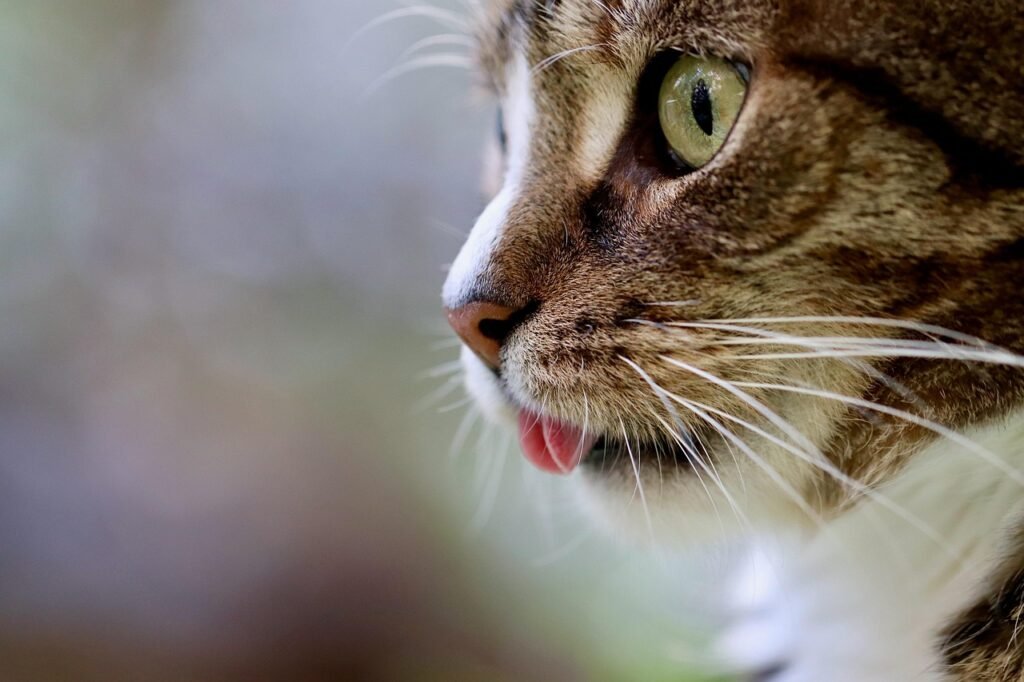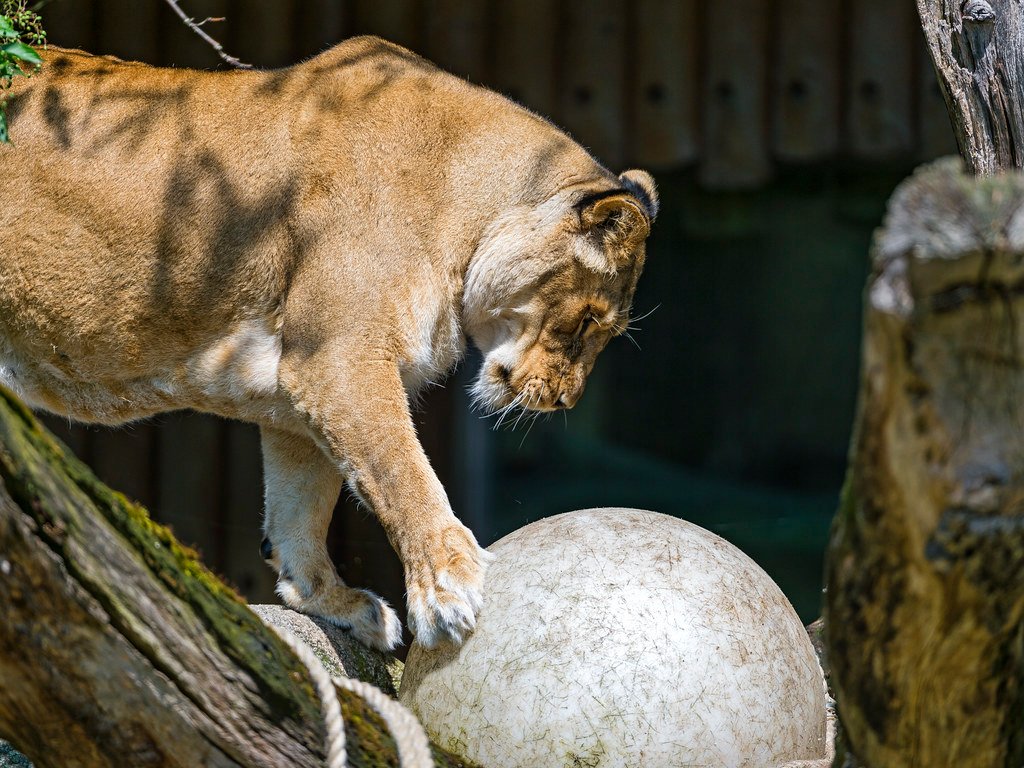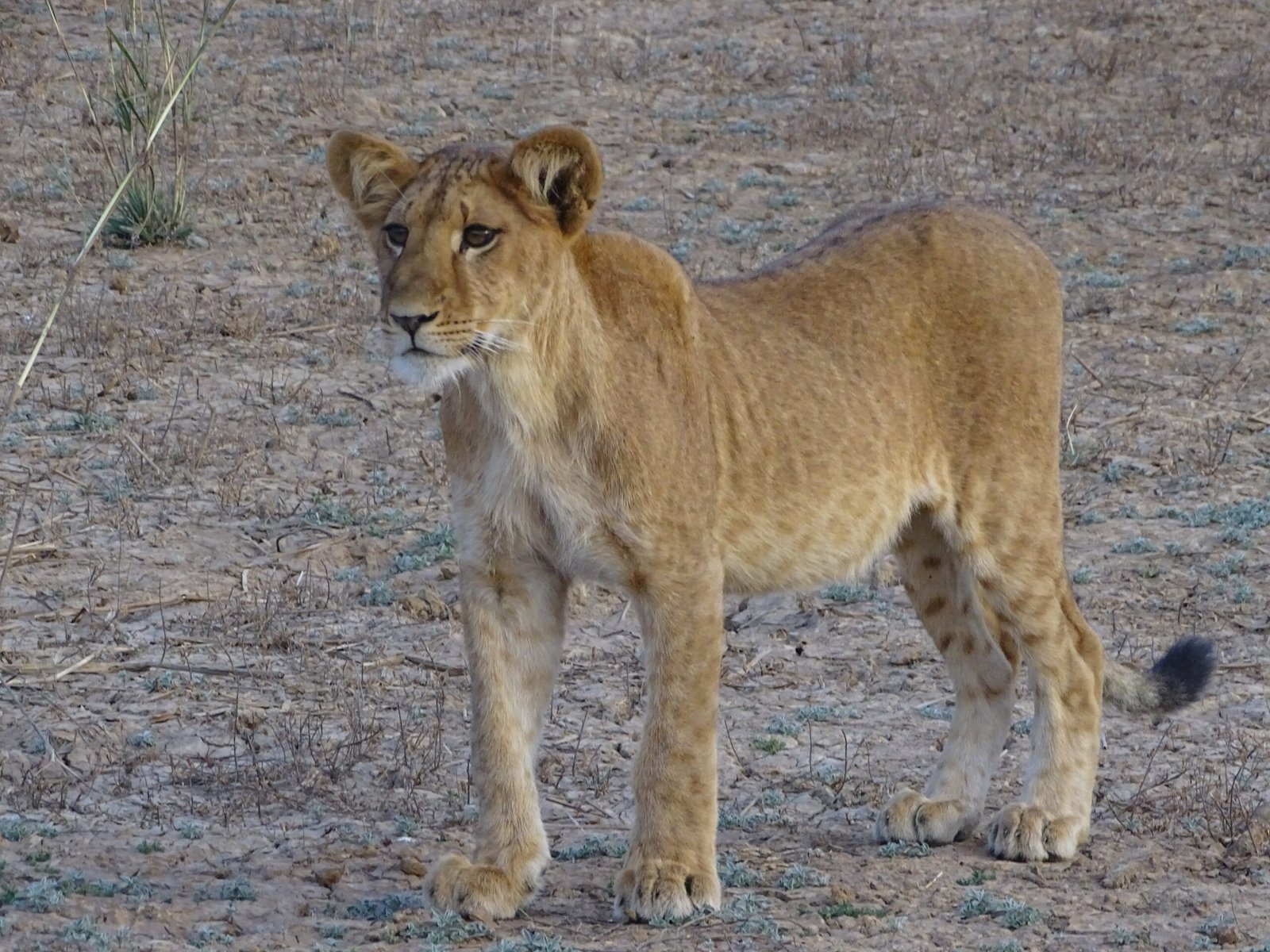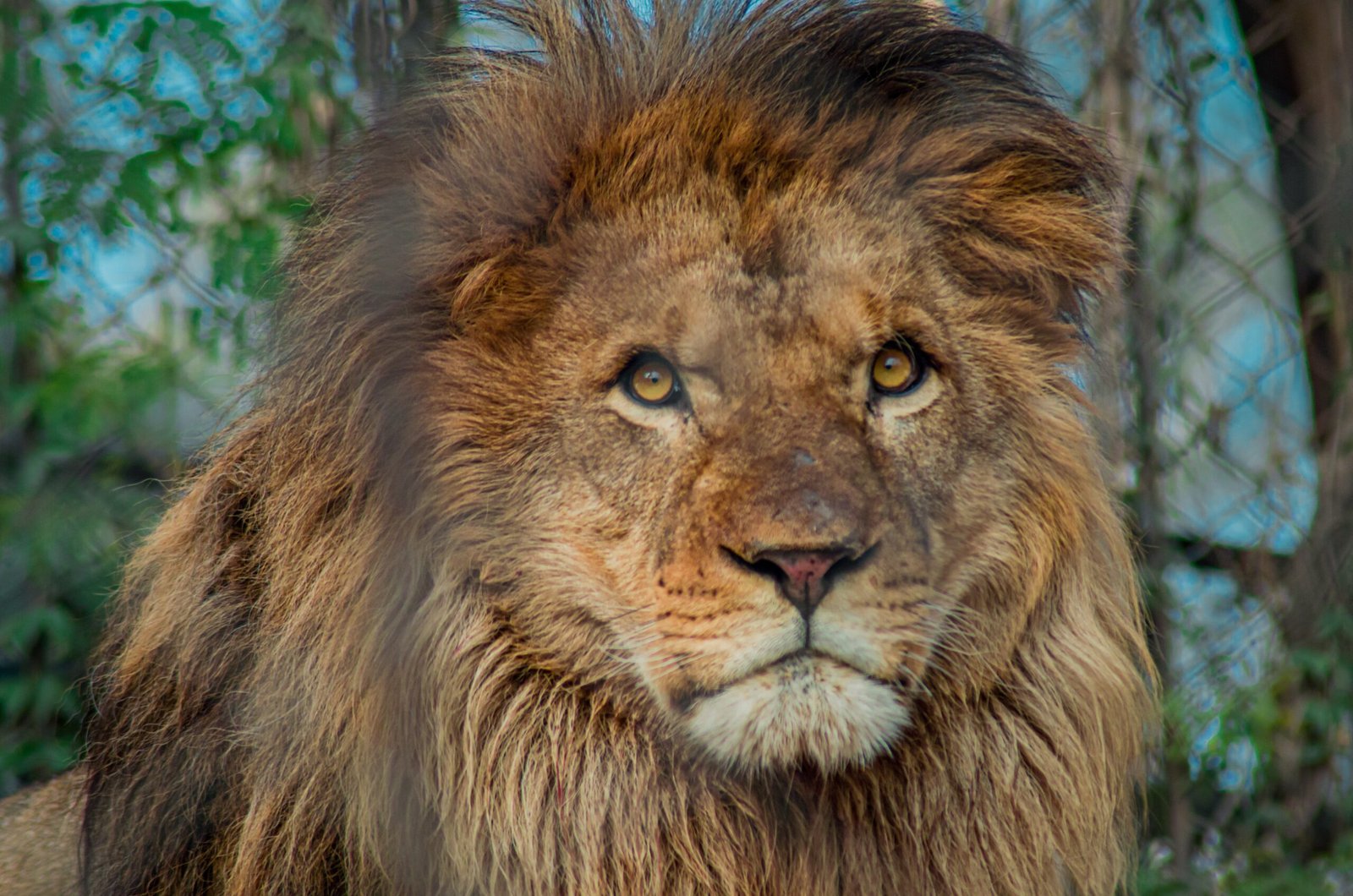The Shocking Reality of Lion Family Breakdowns

Picture this: you’re watching a nature documentary, and suddenly you see a majestic male lion walking alone across the savanna, his mane flowing in the wind. You might think he’s just hunting or exploring, but the truth is far more heartbreaking. This lion has likely been forced to abandon everything he once knew — his family, his territory, his entire social world. Lions don’t leave their prides on a whim; they’re pushed out by forces that reveal the brutal realities of survival in the wild. The reasons behind these departures tell us fascinating stories about power struggles, family dynamics, and the constant battle for resources that shapes the African wilderness. What drives these apex predators to walk away from everything they’ve built?
When Young Males Face the Ultimate Exile

Every young male lion faces the same inevitable fate around the age of two or three — banishment from the only home they’ve ever known. It’s like being kicked out of your childhood home just as you’re becoming an adult, except in this case, staying could mean death. The pride’s dominant males won’t tolerate competition from their own sons or nephews once these youngsters start showing signs of maturity. Their growing manes and increasing testosterone levels trigger an ancient alarm in the ruling males’ minds. These teenage lions must leave not because they want adventure, but because survival demands it. The exile marks the beginning of one of nature’s most challenging coming-of-age stories.
The Brutal Mathematics of Pride Takeovers

When new males successfully invade a pride, they don’t just claim territory — they systematically destroy the previous regime’s legacy. It sounds ruthless, and honestly, it is. The incoming lions will kill cubs that aren’t their own, forcing the females back into heat so they can produce offspring that carry the conquerors’ genes. This isn’t personal; it’s pure biological programming designed to maximize reproductive success. The defeated males must flee or face death, watching helplessly as their life’s work gets erased. Some fights last for days, with roars echoing across the plains as these titans clash for ultimate control. Those who lose don’t get a second chance.
Female Lions Making the Impossible Choice

We often think of lionesses as fiercely loyal to their pride, but sometimes even they must make the heartbreaking decision to leave. When resources become desperately scarce or territorial disputes escalate beyond tolerance, some females choose exile over starvation. Imagine having to choose between staying with your family and ensuring your cubs survive — that’s the impossible decision these mothers face. Young female lions might also leave if the pride becomes overcrowded, seeking new territories where competition for food isn’t so fierce. Their departure represents one of nature’s most difficult sacrifices, prioritizing survival over social bonds. These brave females often struggle alone, facing dangers that their pride would have helped them overcome.
The Wandering Brothers Who Refuse to Separate

Sometimes you’ll spot pairs or small groups of male lions roaming together, and these are usually brothers who’ve formed unbreakable alliances. They were exiled together and decided to face the harsh world as a team rather than going solo. These coalitions are incredibly powerful because multiple males can take down larger prey and defend territory more effectively than lone wolves. Their bond goes beyond simple cooperation — they groom each other, share kills, and coordinate their movements with an almost telepathic understanding. However, not all brother partnerships last forever; sometimes one will leave to pursue a different opportunity or because personality conflicts become unbearable. Watching these relationships evolve reveals just how complex lion social structures really are.
Territory Wars That Reshape Entire Landscapes

Lion territories aren’t just invisible lines on a map — they’re fiercely defended kingdoms that can span hundreds of square miles. When drought strikes or prey becomes scarce, these boundaries become flashpoints for violent conflicts that can force entire prides to relocate. Think of it like neighborhood wars, except the stakes are life and death, and the weapons are four-inch claws and bone-crushing jaws. Established prides will fight tooth and nail to protect their prime hunting grounds, while desperate outsiders will risk everything to claim a piece of the action. The losers in these territorial disputes often become nomads, wandering vast distances in search of unclaimed land. These wars literally redraw the social map of the African wilderness.
The Heartbreaking Reality of Aging Leaders

Even the mightiest lions eventually grow old, and age brings a cruel reality check in the unforgiving savanna. Their once-powerful roars become weaker, their reflexes slow down, and younger challengers start eyeing their territory with hungry ambition. It’s like watching a legendary athlete realize they can no longer compete at the highest level, except the consequences here are far more severe. Some aging males choose to leave voluntarily rather than face the humiliation of defeat, essentially retiring from their leadership roles. Others fight until the bitter end, sustaining injuries that force them into exile even if they win. These elderly lions often struggle to hunt effectively on their own, making their final years a desperate struggle for survival.
When Drought Forces Impossible Decisions

During severe droughts, the African landscape transforms into a merciless testing ground where only the strongest survive. Water sources dry up, prey animals migrate to distant regions, and lion prides face starvation on a scale that challenges every survival instinct they possess. Some pride members make the agonizing choice to leave their families in search of better conditions, knowing they might never return. It’s like watching a family break apart during economic hardship, except the consequences play out over life and death rather than just financial stress. Young adults often leave first, reducing competition for the limited resources that remain. The drought doesn’t just change the landscape — it shatters social bonds that took years to build.
The Dangerous Life of Nomadic Lions

Lions without territories live in constant danger, facing threats that pride members rarely encounter. They must avoid established prides who see them as threats, hunt without the support of a coordinated group, and find safe places to rest without the security of familiar territory. Imagine being homeless in the wilderness, where every shadow could hide a mortal enemy and every meal requires risking your life. These nomads often show visible signs of stress — scarred faces, thin bodies, and a wariness that never fully disappears. Some develop incredible hunting skills out of necessity, becoming surprisingly efficient solo predators. Yet despite their adaptability, the statistics are sobering: most nomadic lions don’t survive more than a few years in this harsh lifestyle.
Human Encroachment Destroying Ancient Territories

Modern lions face a threat their ancestors never encountered — the relentless expansion of human settlements into their traditional territories. Farmers, ranchers, and developers are carving up the landscape, forcing prides to abandon areas their families have occupied for generations. It’s like having your neighborhood demolished to build a shopping mall, except lions don’t get relocation assistance or compensation packages. Some prides try to adapt by hunting livestock, which inevitably leads to conflicts with humans who defend their property with deadly force. Others simply retreat deeper into shrinking wilderness areas, where competition for resources becomes increasingly intense. This human pressure creates a domino effect, pushing lions into territories already occupied by other prides and triggering conflicts that wouldn’t naturally occur.
The Science Behind Lion Social Breakdowns

Researchers have discovered that lion social structures are far more complex and fragile than we previously understood. Genetic studies reveal that pride loyalty isn’t just about family bonds — it’s also influenced by resource availability, population density, and environmental pressures that can shift dramatically over short periods. Scientists tracking individual lions with GPS collars have documented movements that span incredible distances, sometimes crossing multiple countries as displaced animals search for new homes. The data shows that climate change is accelerating these breakdowns, with traditional territories becoming unsuitable faster than lions can adapt. Modern technology has revealed the heartbreaking reality that many “abandoned” lions are actually lost, searching desperately for families they’ll never find again.
Coalition Warfare and Strategic Alliances

Male lions form alliances that rival the complexity of human political systems, with partnerships, betrayals, and strategic calculations that would make Machiavelli proud. These coalitions don’t just happen randomly — they’re carefully planned alliances where each member brings specific strengths to the partnership. Sometimes you’ll see three or four males working together to overthrow established pride leaders, combining their forces like a military coup. However, these alliances can collapse just as quickly as they form, especially when mating opportunities create competition between former allies. The most successful coalitions establish clear hierarchies and territorial divisions, but jealousy and ambition often tear these partnerships apart. Watching these political dramas unfold reveals that lions possess social intelligence that scientists are only beginning to understand.
The Emotional Trauma of Family Separation

Lions experience grief and loss in ways that mirror human emotional responses, and family separations cause genuine psychological trauma that affects their behavior for years. Mother lions have been observed returning to areas where they lost cubs, calling for offspring that will never answer. Siblings separated during pride breakups sometimes recognize each other years later, displaying excitement and affection that suggests they never forgot their family bonds. Young lions forced into exile often exhibit signs of depression — decreased appetite, listless behavior, and vocalizations that sound remarkably like crying. The emotional dimension of lion abandonment adds a heartbreaking layer to what might otherwise seem like simple survival behavior. These aren’t just animals following instinct; they’re individuals processing loss and trauma in ways we’re only beginning to comprehend.
Successful Adaptations to Life Without Prides

Despite the challenges, some lions not only survive outside traditional pride structures but actually thrive in their independence. These remarkable individuals develop hunting techniques that pride lions never master, learning to take down prey that would normally require group coordination. Female nomads sometimes form temporary alliances with other displaced lionesses, creating flexible partnerships that can dissolve and reform as circumstances change. Some exiled males become incredibly territorial about small areas, defending tiny kingdoms with the same ferocity their ancestors showed protecting vast territories. The most successful outcasts learn to avoid confrontations rather than seeking them, developing an almost ghostlike ability to move through occupied territories without triggering conflicts. Their adaptations challenge our assumptions about lion social requirements and demonstrate the species’ remarkable behavioral flexibility.
Conservation Implications of Pride Breakdowns

The increasing frequency of pride abandonments serves as an early warning system for lion population health, alerting conservationists to environmental pressures before they reach critical levels. Researchers now monitor pride stability as carefully as they track population numbers, recognizing that social cohesion reflects ecosystem health in ways that simple head counts cannot capture. Protected areas that seem to have stable lion populations might actually be experiencing internal stress that manifests as increased exile rates and territory abandonment. Conservation strategies are evolving to address these social dynamics, with some programs focusing on maintaining territory integrity rather than just preventing poaching. The connection between human development and pride breakdown has led to innovative corridor projects designed to connect fragmented habitats. Understanding why lions abandon their families has become crucial for predicting how climate change and human expansion will affect Africa’s most iconic predator.
The next time you see a lone lion in a documentary or photograph, remember that you’re not just looking at a magnificent predator — you’re witnessing a story of loss, survival, and adaptation that reveals the hidden complexity of nature’s most powerful family structures. What other secrets might these solitary wanderers be carrying as they traverse the endless African plains?
Hi, I’m Bola, a passionate writer and creative strategist with a knack for crafting compelling content that educates, inspires, and connects. Over the years, I’ve honed my skills across various writing fields, including content creation, copywriting, online course development, and video scriptwriting.
When I’m not at my desk, you’ll find me exploring new ideas, reading books, or brainstorming creative ways to solve challenges. I believe that words have the power to transform, and I’m here to help you leverage that power for success.
Thanks for stopping by, Keep coming to this website to checkout new articles form me. You’d always love it!






